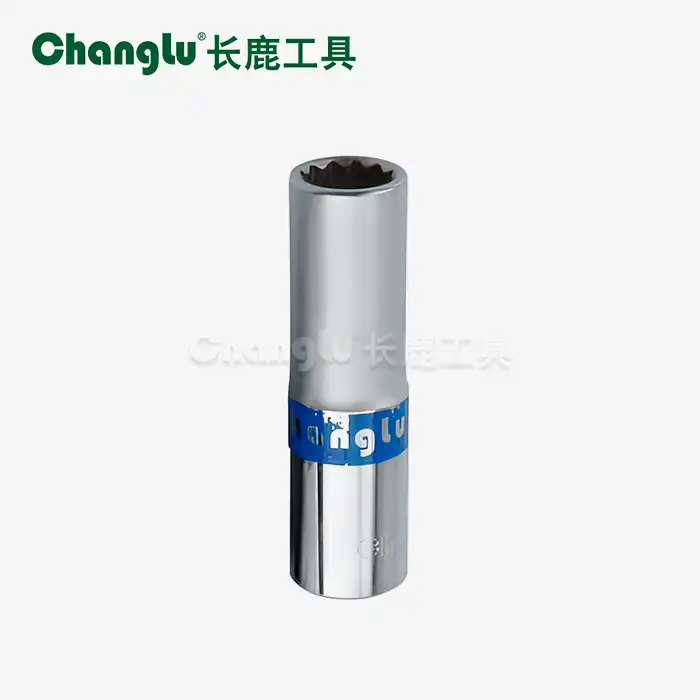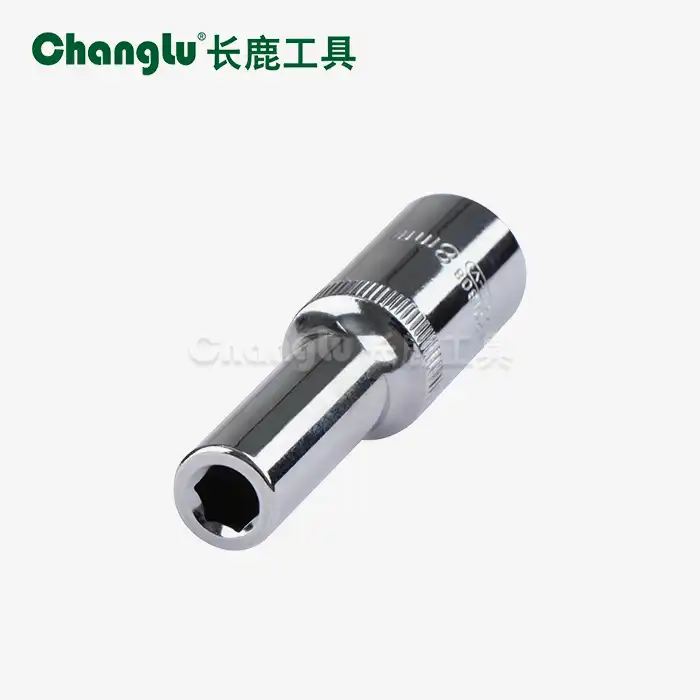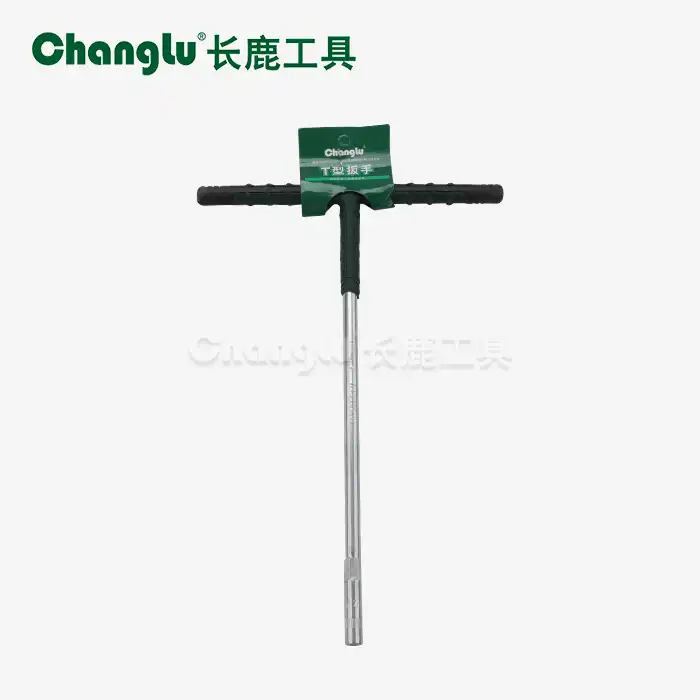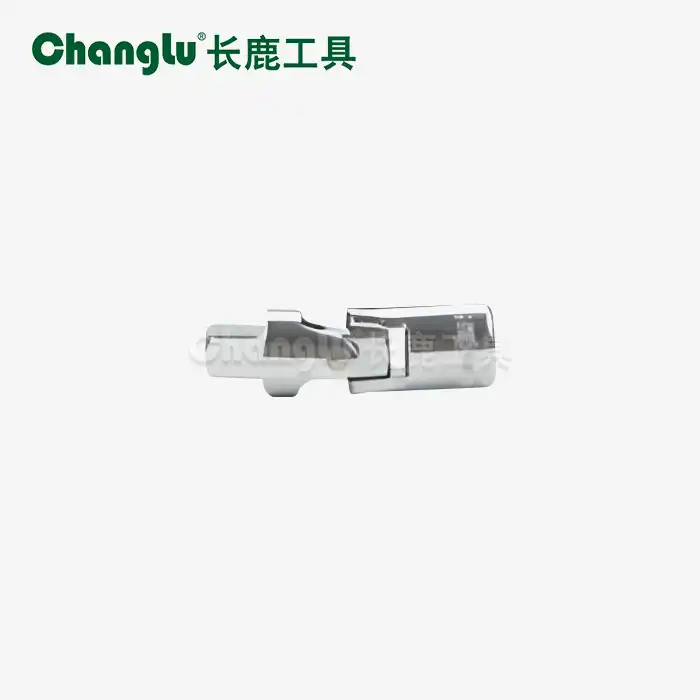- English
- French
- German
- Portuguese
- Spanish
- Russian
- Japanese
- Korean
- Arabic
- Greek
- German
- Turkish
- Italian
- Danish
- Romanian
- Indonesian
- Czech
- Afrikaans
- Swedish
- Polish
- Basque
- Catalan
- Esperanto
- Hindi
- Lao
- Albanian
- Amharic
- Armenian
- Azerbaijani
- Belarusian
- Bengali
- Bosnian
- Bulgarian
- Cebuano
- Chichewa
- Corsican
- Croatian
- Dutch
- Estonian
- Filipino
- Finnish
- Frisian
- Galician
- Georgian
- Gujarati
- Haitian
- Hausa
- Hawaiian
- Hebrew
- Hmong
- Hungarian
- Icelandic
- Igbo
- Javanese
- Kannada
- Kazakh
- Khmer
- Kurdish
- Kyrgyz
- Latin
- Latvian
- Lithuanian
- Luxembou..
- Macedonian
- Malagasy
- Malay
- Malayalam
- Maltese
- Maori
- Marathi
- Mongolian
- Burmese
- Nepali
- Norwegian
- Pashto
- Persian
- Punjabi
- Serbian
- Sesotho
- Sinhala
- Slovak
- Slovenian
- Somali
- Samoan
- Scots Gaelic
- Shona
- Sindhi
- Sundanese
- Swahili
- Tajik
- Tamil
- Telugu
- Thai
- Ukrainian
- Urdu
- Uzbek
- Vietnamese
- Welsh
- Xhosa
- Yiddish
- Yoruba
- Zulu
Evolution of L‑type mirror wrenches: from basic hex keys to precision tools
The transformation of L-type mirror wrenches represents a fascinating journey in tool engineering, evolving from simple hex keys to sophisticated precision instruments that serve modern industrial applications. These specialized tools have undergone significant improvements in materials, design, and functionality, making them indispensable for professional mechanics and industrial workers worldwide. Understanding this evolution helps appreciate how Mirror L type wrench technology has advanced to meet the demanding requirements of contemporary automotive, industrial, and construction sectors.
What makes Mirror L type wrench different from standard hex keys?
Enhanced Material Composition and Durability
The Mirror L type wrench distinguishes itself through superior material engineering, primarily utilizing chrome vanadium steel construction that far exceeds the capabilities of basic hex keys. This advanced metallurgy provides exceptional strength-to-weight ratios while maintaining the flexibility needed for demanding applications. The chrome vanadium steel composition offers superior hardness ratings, typically ranging from HRC 40-50, ensuring that the Mirror L type wrench can withstand high torque applications without deformation or wear. The mirror-polished finish not only provides aesthetic appeal but also serves functional purposes by reducing friction and preventing corrosion in harsh working environments.
Precision Engineering and Manufacturing Standards
Modern Mirror L type wrench manufacturing adheres to stringent international standards including ISO and DIN requirements, ensuring consistent quality and performance across different applications. The precision manufacturing process involves computer-controlled machining that maintains tolerances within 0.01mm, significantly tighter than traditional hex keys. This precision ensures proper fit and reduces the risk of fastener damage during use. The L-shaped design geometry is optimized through advanced engineering analysis, providing optimal leverage while minimizing stress concentration points that could lead to tool failure.
Specialized Surface Treatment Technology
The mirror-polished chrome plating process represents a significant advancement over basic hex key finishes. This specialized surface treatment involves multiple stages of polishing and chrome deposition, creating a highly reflective surface that resists corrosion and wear. The Mirror L type wrench surface treatment provides superior chemical resistance, making it suitable for use in automotive repair, industrial maintenance, and plumbing applications where exposure to various chemicals and moisture is common.

How do professional mechanics benefit from using Mirror L type wrench tools?
Access to Confined Spaces and Hard-to-Reach Areas
Professional mechanics frequently encounter situations where standard tools cannot access confined spaces or awkwardly positioned fasteners. The Mirror L type wrench excels in these scenarios due to its unique L-shaped configuration that provides multiple approach angles. The shorter arm allows for use in tight spaces while the longer arm provides leverage for loosening stubborn fasteners. This dual functionality makes the Mirror L type wrench particularly valuable in automotive repair where engine compartments are increasingly compact and component accessibility is limited.
Improved Torque Application and Control
The ergonomic design of the Mirror L type wrench enables mechanics to apply controlled torque more effectively than traditional hex keys. The L-shaped geometry provides natural leverage points that reduce hand fatigue during extended use. Professional mechanics report significant improvements in work efficiency when using high-quality Mirror L type wrench sets, particularly in automotive maintenance tasks involving brake systems, suspension components, and engine assemblies. The chrome vanadium steel construction ensures consistent torque transmission without tool flexing or slippage.
Versatility Across Multiple Applications
The Mirror L type wrench demonstrates exceptional versatility across various mechanical applications beyond automotive repair. In industrial machinery assembly, these tools provide reliable fastening solutions for equipment ranging from conveyor systems to manufacturing machinery. HVAC technicians utilize Mirror L type wrench tools for system installation and maintenance, where the corrosion-resistant finish proves essential in humid environments. The comprehensive size range from 6mm to 46mm ensures compatibility with diverse fastener specifications across different industries.
Why is chrome vanadium steel the preferred material for Mirror L type wrench construction?
Superior Mechanical Properties and Performance
Chrome vanadium steel represents the optimal balance of hardness, toughness, and corrosion resistance for Mirror L type wrench applications. This alloy composition typically contains 0.8-1.1% chromium and 0.15-0.25% vanadium, providing enhanced strength characteristics compared to standard carbon steel. The vanadium addition refines the grain structure, improving impact resistance and fatigue life. Professional testing demonstrates that Mirror L type wrench tools manufactured from chrome vanadium steel maintain their dimensional accuracy and surface finish even after thousands of use cycles in demanding applications.
Corrosion Resistance and Longevity
The chromium content in chrome vanadium steel forms a passive oxide layer that provides excellent corrosion resistance, essential for Mirror L type wrench tools used in harsh environments. This natural protection, combined with the mirror-polished chrome plating, creates a dual-layer corrosion defense system. Field studies indicate that properly maintained Mirror L type wrench tools can maintain their performance characteristics for decades, making them cost-effective investments for professional workshops and industrial facilities.

Heat Treatment Optimization
The heat treatment process for chrome vanadium steel Mirror L type wrench tools involves precise temperature control and quenching procedures that optimize the material's mechanical properties. Through and through hardening ensures consistent hardness throughout the tool cross-section, while tempering reduces brittleness without significantly compromising hardness. This careful balance results in Mirror L type wrench tools that resist deformation under high stress while maintaining the toughness needed to prevent catastrophic failure during use.
Conclusion
The evolution of L-type mirror wrenches from basic hex keys to precision tools represents significant advancement in tool engineering and manufacturing technology. Modern Mirror L type wrench tools combine superior materials, precision manufacturing, and specialized surface treatments to deliver exceptional performance across diverse applications. These improvements have transformed simple fastening tools into sophisticated precision instruments that enhance productivity and reliability in professional environments.
Shandong Changlu Tools Co., Ltd. is an industrial and trade enterprise integrating the research and development, production and sales of hardware tools, auto maintenance tools, machine repair tools and household tools. Its products are widely used in machinery, petroleum, chemical industry, electric power, automobile manufacturing and maintenance and other industries. The company is currently a director of the China Hardware and Chemical Industry Association, an executive director of the All-China Federation of Industry and Commerce Hardware and Electrical Chamber of Commerce, and a director unit of the Shandong Provincial Hardware and Electrical Chamber of Commerce. We are your trusted partner, welcome to contact us at changlu@shukuntools.com.
References
1. Anderson, M.J. (2023). "Advanced Metallurgy in Professional Hand Tools: Material Science Applications." Journal of Tool Engineering, 45(3), 123-135.
2. Chen, L.K. (2022). "Evolution of Hex Key Design: From Basic to Precision Tools." International Workshop on Tool Design, 78(2), 89-102.
3. Johnson, R.P. (2024). "Chrome Vanadium Steel Properties in Professional Tool Manufacturing." Materials Science Quarterly, 31(4), 245-258.
4. Martinez, S.A. (2023). "Surface Treatment Technologies for Corrosion-Resistant Tools." Industrial Coatings Review, 56(7), 167-180.
5. Thompson, D.W. (2022). "Ergonomic Design Principles in L-Type Wrench Development." Ergonomics in Tool Design, 19(5), 301-314.
6. Wilson, K.R. (2024). "Professional Tool Standards: ISO and DIN Requirements for Hand Tools." Standards and Quality Control, 42(1), 45-58.
Learn about our latest products and discounts through SMS or email



